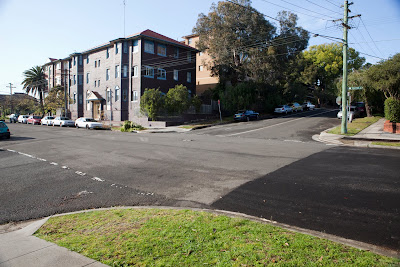Concept
This is a nostalgic type of concept.
In the early 1950s I lived in a flat at Coogee. I lived there for only 3 years but the memories are very strong for that time (from age 6 to 9). Our family had just returned from England where there were still post-war food rations. Back in Australia it seemed like the land of plenty – we could eat eggs for breakfast every morning for instance. But looking back it was a time warp. There were some residents in our flats who did not have a refrigerator (we had a small kerosene one). They had ice boxes and the ice-man delivered ice to them a couple of times a week. He carried huge blacks of ice with a type of scissor pick.
The other thing that has stuck in my mind is that bread was delivered in a horse & cart – a Clydesdale horse.
Target audience
This is really a conceptual piece although is could well be for a brand of bread or bakery.
How does your work relate to the industry in Part A
It was the work of Julia Fullerton-Batton that got me thinking along these lines. Initially I thought I could do it with an ‘Alice-in-Wonderland’ type over large person in the photo. I gave that a try but couldn’t get it to work. So I have moved a bit from that idea. Tom Chamber’s work really appeals and if this concept fails I shall do something like he does.
Elements to be created
1. Background – I have taken that already – of the flats in Coogee. There are a lot of cars & some buildings that need to be hidden plus the TV antennas (no TV in early 1950s)
2. Family photo – Our family at that time was my parents & we three girls – my youngest sister was not born. Getting 1950s clothes will be difficult
3. The Ice truck.
4. The bakery horse & cart
5. A Morris Oxford – that’s the car we had brought back from England – very difficult to buy cars in Australia or overseas in the post war period.
What I have done so far & timetable for completion
1. The background: I took lots of photos and this one with plenty of space on the RHS seems to be the best. It has a good electricity pole in it as well.

2. This is the photo of my parents & two of my sisters taken by me with my Box Browney in 1954. I plan to do a similar photo with me included.

3. I took some photos recently that helped me think where I was going:




4. This is what Ice trucks looked like:



5. The 1950s Morris Oxford looks like this:

6. This is what a bakery horse & cart looks like:
























